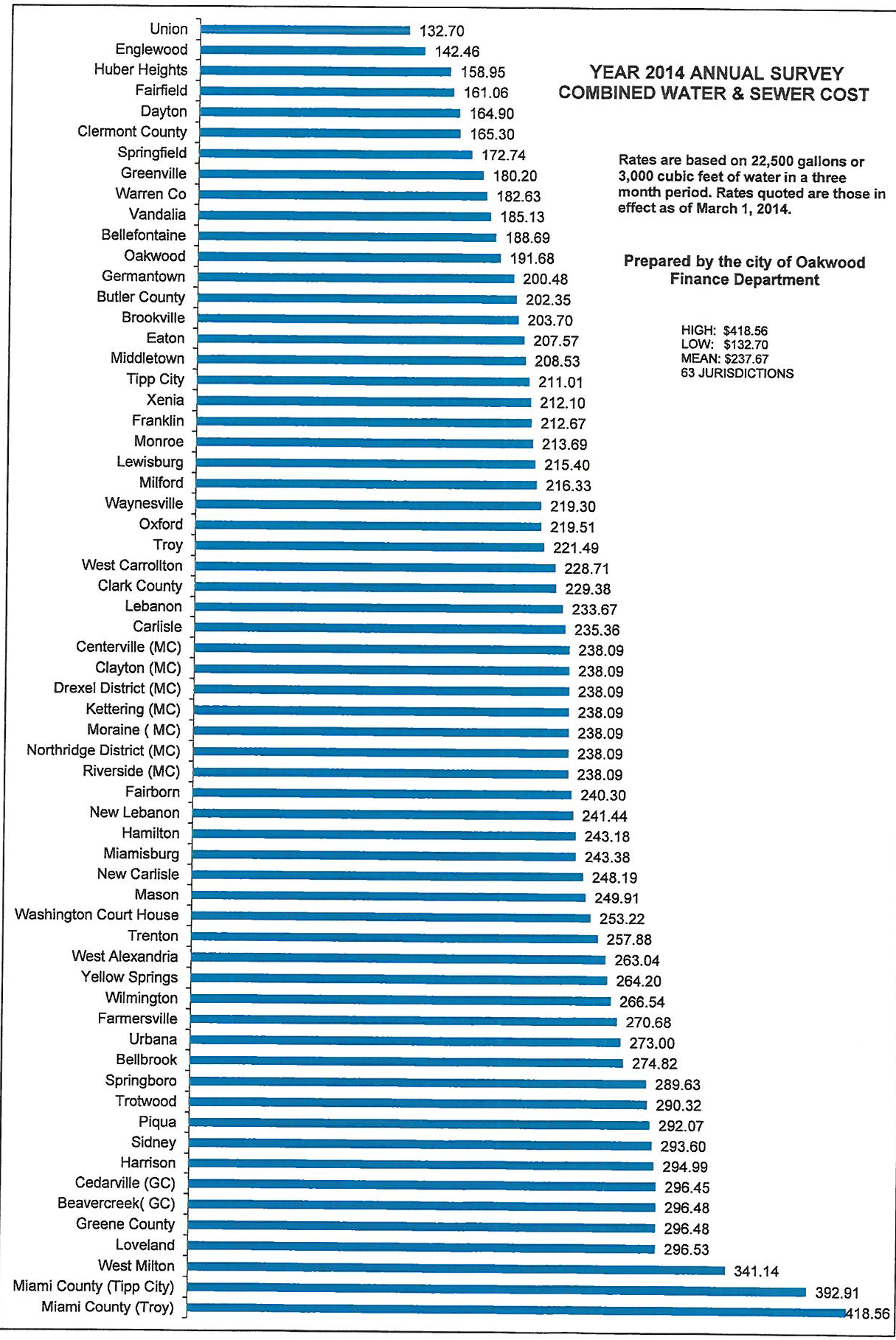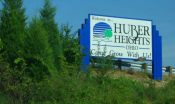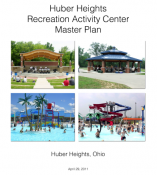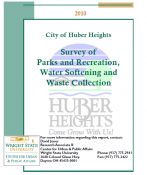The Feb 2, 2016 Work Session agenda contains the read ahead for the water softening discussion. This include an April 2010 report on what it would take to bring water softening to the city. I recommend you read the entire Appendix. Here are some of the highlights:
When measuring hardness 75 - 150 mg/l of CaCO3 is considered Moderate hardness. Greater than 250 mg/l is considered very hard. The HH water measures 348 mg/l. Using the recommended reverse osmosis method would bring the level to 120 - 130 mg/l. This is similar to the hardness level of Dayton's water.
The estimate of the cost in 2010 was $8,240,000 for the equipment and installation. There is also debt servicing costs and operating costs. These equated to an estimated increase of $6.27 per month for the average water customer.
------------------ Original -----------------------------------------
Water Softening is a topic that comes up frequently in discussions with and between Huber Heights residents. With the new council I am sure there will be a renewed interest in what it takes to get city wide water softening. Note that I used the term renewed interest. This is accurate because even the old council knew this was an issue and talked about it often. The disappointing part of those discussions is that in the four years I've been following those discussions I don't recall ever hearing or getting the information on how much it would cost or how much work is involved. When I've asked previously, I've been told those questions have been asked before and its too expensive and too much work but I've never seen any papers or analysis that would help me come to that same conclusion.
Here is some background information that we do have. In 2010, the City of Huber Heights contracted with the Center for Urban and Public Affairs (CUPA) at Wright State University to conduct a random telephone survey to assess resident perceptions of parks and recreation in Huber Heights, as well as waste collection services and water softening. You can download the executive summary of that survey here. I copied the water softening section and pasted it below.
Other items on this topic that I've heard and read include fluoride and the chlorine smell. There are lots of people that rave about the City of Dayton Water, its taste and (lack of) smell. I'm not familiar with the City of Dayton Water so I can't confirm it is as good as people report. If it is I hope that we can learn from what they are doing. If we could get rid of the chlorine spell many people complain about that would be great. I'm sure there is a standard required by law. Fluoride does have a standard. I've posted that below.
Of course everything has a cost. Every year since I've lived here I've seen reports telling us Huber water and sewer costs are always about the lowest in the region. This report prepared by the City of Oakwood tells us that our combined water and sewer rate is third lowest out of 63 communities.
As we move forward, I fully expect that council will ask for and receive the cost estimates and get the background information on what it would take to soften the water here in Huber Heights. I'm interested in knowing those numbers and I know many of you are interested too.

6109.20 Maintaining fluoride content of public water supply.
If the natural fluoride content of supplied water of a public water system is less than eight-tenths milligrams per liter of water, fluoride shall be added to such water to maintain fluoride content of not less than eight-tenths milligrams per liter of water nor more than one and three-tenths milligrams per liter of water beginning:(A) On or before January 1, 1971, for a public water system supplying water to twenty thousand or more persons;
(B) On or before January 1, 1972, for a public water system supplying water to five thousand or more persons, but less than twenty thousand persons.
Effective Date: 12-14-1978
City of Huber Heights
Survey of Parks and Recreation,
Water Softening and Waste Collection
CHAPTER FOUR: WATER SOFTENING
The final section of the survey asked questions pertaining to drinking water in Huber Heights.
First, all respondents were asked if they have a water softener in their residence. Three in five respondents (58.3 percent) indicated that they have a water softener. Respondents with a water softener were asked how much it cost per month for the maintenance of their home water softener, including salt and softener cleaning. Responses varied from zero dollars to 100 dollars per month, with the average respondent paying $10-20 per month. A complete list of all responses can be found in Appendix B.
All respondents were asked if they would prefer to have the City soften their water, or to
utilize a home water softener. More than two-thirds of respondents (67.8 percent) indicated that they would prefer to have the city soften their water, while 32.2 percent prefer to use a home water softener. Looking just at respondents who have a home water softener, 59.4 percent would prefer to have the city soften their water, while 40.6 percent would prefer to use a home water softener.
When asked if they would support the City of Huber Heights installing the infrastructure to provide softened water to all water customers, three-quarters of all respondents (75.0 percent) indicated that they would support this. Those respondents who indicated that they would support this infrastructure were asked if they would still support it if rates were to increase. More than four in five respondents (80.8 percent) indicated that they would still support this installation.
Those respondents who no longer supported the installation when told of the rate increase
were instructed that at least some of the rate increase would be offset by no longer having to soften water at home, and would cause less wear and tear on appliances. With this knowledge, 59.6 percent of respondents switched back to supporting the installation. When told that the rate increased would be temporary to cover the cost of installation, 65.4 percent switched back to supporting this infrastructure.
In conclusion, it appears that there is support for the city installing the infrastructure to provide softened water to residents. Three-quarters of respondents were supportive of installation of the infrastructure initially, and of those who lost support when told that there rates would increase, the majority regained support when told that costs would be offset elsewhere, or that rate increases would be temporary.














 Edited
Edited